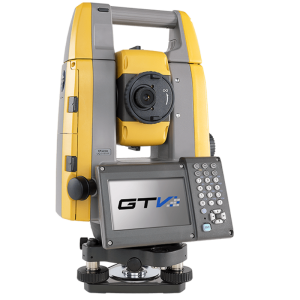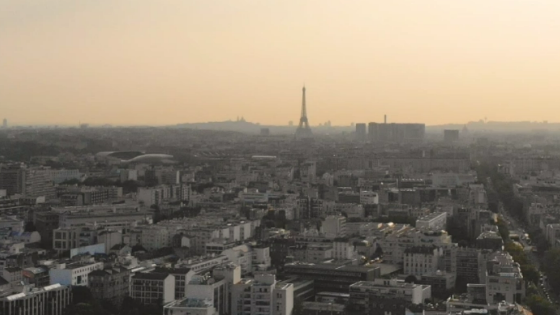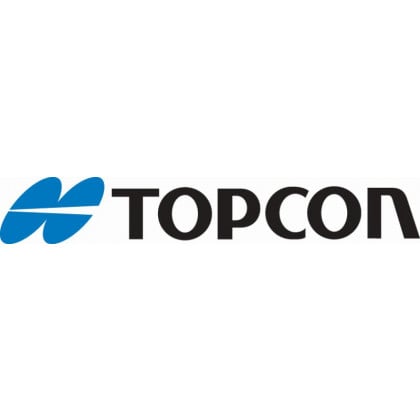

Safety Control With Topcon's Equipment During the Century Project in Paris Métro
Monitoring safety during the project of the century “If you are lucky enough to have lived in Paris as a young man,” Ernest Hemingway famously wrote, “then wherever you go for the rest of your life, it stays with you, for Paris is a moveable feast.” When Hemingway lived in Paris in the middle of the Roaring Twenties, the city’s métro (short for Métropolitain) was still relatively young. Line 1, between Porte de Vincennes and Porte Maillot, was opened in 1900. Nowadays, more than a century later, there are 16 lines; forming a network of 302 stations spanning more than 200 kilometres. The métro is the second busiest in Europe, after Moscow’s network. The population of Paris keeps growing – as it does in many cities –so the network is running at the top of its capacity. That’s why it is being rethought, redesigned, and expanded extensively during a project called Grand Paris Express. Vincent Lamour tells us more. “Grand Paris is the project of the century,” he says. “In 20 to 25 years, as many tunnels will be built as there have been in the previous 100 years. And it’s being done in the existing city, so it has to fit in. We’re talking about 200 kilometres of new metro lines.” Lamour is the CEO of Cementys, specialising in monitoring civil engineering projects for construction companies, project owners, and contractors. As les Pariens see how the size of their metro network is doubled, Cementys keeps a keen eye on the project’s safety. “There’s going to be a lot of monitoring of infrastructure of nearby areas and other sensitive networks,” Lamour says. “Grand Paris Express is mostly about tunnels and stations. When it comes to tunnels, we’re working in quite sensitive soil, causing potential cave-ins and cavities. For instance, the stations are often at a very deep level – 30 meters underground. Tunnel boring machines will pass at around 20 meters. We’ll have 20 tunnel boring machines working on the project in the coming years.” This, as you can imagine, brings some challenges to the surface.
Rushing towards the Olympics
“We had to react very fast at the beginning of this project. We had to set up a monitoring system right away. Often these systems need to be set up well before the work begins. We were already a bit late at the start,” says Lamour. “Another challenge is planning. We have to do all the work in short time frames. Plans are made for the 2024 Olympics as well, so we have very little time to do all the construction. We have to work at a high pace to get everything done.
Cementys monitoring systems are placed on and around buildings to monitor their movement during construction. If the underground works cause even the slightest movement, this will trigger an alarm. An important safety system that needs to work at all times, Lamour explains. “We need a monitoring system that works regardless of rain, snow, or dust. You’re close to building sites, so there is always dust. The system needs to work 24/7, in real-time. A certain robustness is required for this kind of monitoring.”
Precision is paramount. “The level of accuracy we’d like to see from devices like Total Stations has to be at millimeter level. We want to be able to measure XYZ movements of even a few millimeters. Measurements are taken on an hourly basis. We have a server that collects all the data, and each measurement is analyzed right away. If there is any deviation, an alert is sent out to the contractor or the project owner, within the hour.”
“The buildings we monitor are often adjacent buildings, close to the construction sites, stations, or tunnels. We also monitor antennas, masts, as well as roads close to the building. This is how we try to measure whether there’s subsidence, or whether houses are tilting because of the tunnel boring. We also monitor railway lines that are affected by the work, for the sake of railway security. Measurements are taken much more often there, every 20 minutes. Here, we have an alert system as well. This can halt trains when there are important changes.”
The project owner uses the system to assure people who live nearby that all is well, says Lamour. In addition, it’s important to effectively manage the building site: “For instance, injection pressure can be changed based on the data. The measurements are an integral part of the building site. That’s why we can’t afford any malfunctioning. The measurements have to be reliable, because the construction depends on it.”
Half a millimeter
The monitoring specialists at Cementys work with Total Stations to make sure there is nothing to worry about. Topcon was involved early on: “We received some real in-depth technical assistance. And fast, too,” says Vincent Lamour. “In just a few weeks we managed to integrate the Total Stations into our own systems.”
A colleague of his, engineer François Michelin, is head of one of the Grand Paris Express monitoring projects. “The section we monitor has a length of five kilometers, with two metro stations and some underground construction as well,” he tells us. “We use around 30 Total Stations for this project to monitor buildings near the site. We monitor ground movement and do lots of calculations to see whether buildings are moving and to see if and how they are impacted by the construction work.”
“The project owner asks for a high level of accuracy: a resolution of 0.5 millimeters,” he elaborates. “The stations will be running for several years, up to five years. We collect the data from the Total Stations, all day, seven days a week. The data is then presented on a website where those involved can see it in real-time.”
One of those parties is the SNCF, the French national railway company. “The SNCF wants us to monitor the railroad tracks at 20 minute intervals. In twenty minutes, a Station can measure between 60 and 80 data points,” Michelin explains. He has good news: “The measurements are stable, there is no deviation.”
As the tunnel boring machines find their way underground like moles, the Grand Paris Express is taking shape – providing local travellers with improved access to the city, as well as reduced travel times. During what may indeed be the project of the century, Paris is becoming an even bigger moveable feast than Hemingway might have ever imagined.
Do you have questions about this case study?
Get in touch with Topcon, and they would be happy to answer any questions you have about pricing, suitability, availability, specs, etc.

Related products






![Do-Giant-Tortoises-Make-Good-Neighbors-1[1].jpg](https://cdn.geo-matching.com/vRMO2Edp.jpg?w=320&s=a6108b2726133ff723670b57bc54c812)



